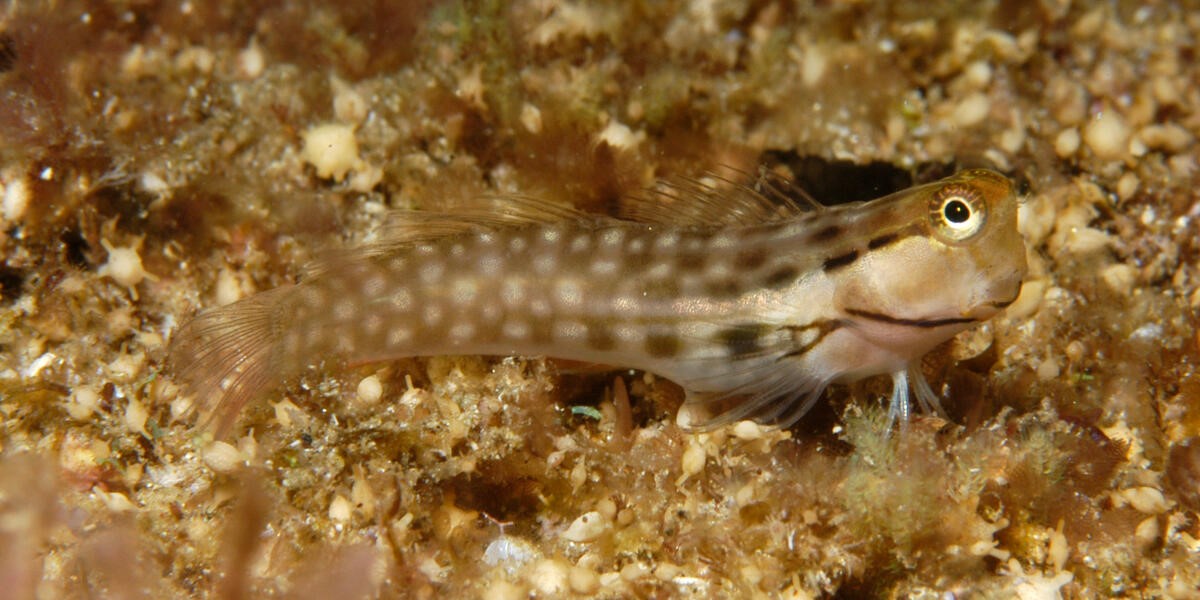MODELING FISH LARVAL CONNECTIVITY FOR MARINE PROTECTED AREA DESIGN OPTIMIZATION
Author: Estradivari (Marine Conservation Science Coordinator, WWF-Indonesia)
As an archipelago dominated by water, Indonesia continues to encourage the establishment of Marine Protected Areas (MPAs) and improve their management effectiveness. MPAs are one of the effective solutions to protect marine biodiversity and support sustainable fisheries, amidst the enormous anthropogenic pressures on coastal ecosystems.
As of October 2016, the Ministry of Maritime Affairs and Fisheries (MAFF) has established 154 MPAs in Indonesia with a total area of 17.3 million hectares. The Ministry will continue to boost the establishment of new MPAs in order to reach the target of 20 million hectares of MPAs by 2020, while improving the effectiveness of MPA management.
One of the major challenges in designing Marine Protected Areas (MPAs) is determining the location of MPAs and their core zones; and setting their minimum size. However, there is very limited information available. WWF-Indonesia, in collaboration with the University of Queensland Australia, created some modeling based on fish larval connectivity. This modeling can be used to strengthen spatial analyses in Indonesia to address these major challenges, and optimize the design of MPAs in Indonesia.
The modeling draws on fish larval connectivity to determine where larvae source, where they move and settle, and how far they swim. Fish larval connectivity studies in Indonesia are still very rare. This is due to the difficulty of data collection, the amount of resources required, and the large area to be observed. In fact, larval connectivity information is one of the key pieces of information in designing resilient MPAs and MPA networks.
Fish larval connectivity can be obtained through modeling various fish ecological and biological data. In addition, social data obtained from the Sunda Banda Seascape - an area of 1.5 million hectares that is part of the world's center of marine biodiversity commonly referred to as the World Coral Triangle. The results of this modeling can strengthen the design of MPA formation by determining priority locations that have high conservation value and the minimum size of the core zone so that MPAs can function optimally.
This connectivity-based MPA design modeling is the first of its kind in Indonesia, and can be used to determine potential locations for new MPAs. The modeling is also useful in creating coastal and small island zoning plans, revising the size and zoning of existing MPAs, and establishing MPA networks.
WWF-Indonesia has piloted these models in several spatial studies to find potential locations for MPAs in West Southeast Maluku District and in Southwest Maluku, and to design MPA networks in Southeast Sulawesi and Maluku Provinces.
This modeling can be used easily by the government, MPA managers, academics and NGOs, because it is made using the excel format and is equipped with a simple guide. Users just need to create scenarios that are tailored to the agreed management targets. Whether it is for biodiversity goals, sustainable fisheries, or both; with varying weight proportions.
In addition to having used this model in advanced spatial analysis studies, WWF-Indonesia and the University of Queensland have also socialized this model to 35 people who are representatives of 15 institutions at the training "Spatial Planning for Marine Protected Areas in Indonesia" in Bali, 14 - 21 September 2016.
The fifteen institutions are the Ministry of Maritime Affairs and Fisheries Jakarta (Directorate of PRL and KKHL), BPSPL Makassar, BPSPL Denpasar, DKP Selayar, Hasanudin University Makassar, Halu Oleo University Kendari, Pattimura University Ambon, University of Papua Manokwari, Khairun University Ternate, TNC, CI, CTC, WCS, Reefcheck Indonesia, and Yayasan TERANGI. Now, it's time to prepare for a better design of MPAs in Indonesia, through this modeling of fish larval connectivity.




